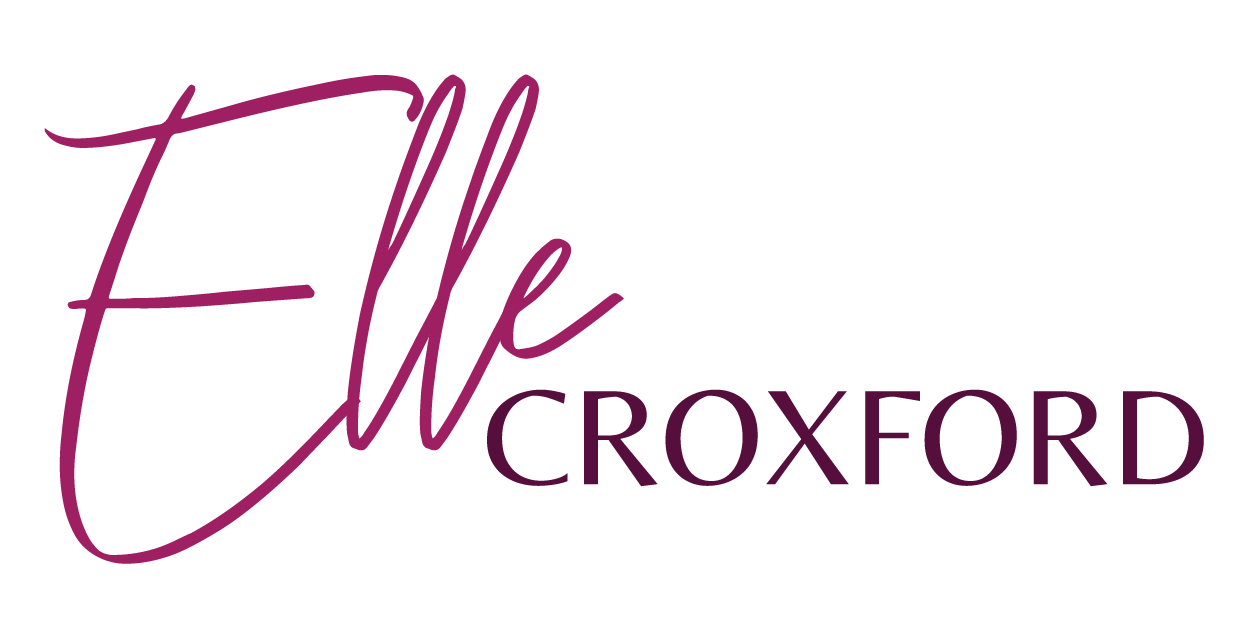
Test Your Silent Movie Trivia Knowledge. How many did you get correct?
The Answers:
-

False
Silent movies did not have synchronized recorded sound or spoken dialogue. They relied on gestures, mime, and title cards to convey the story, with live music often played in theaters to accompany the film.
-

Nickelodeons
The first movie theaters were called Nickelodeons, named after the nickel (five cents) fee required for admission. These small, storefront theaters were popular in the early 20th century and were a precursor to the modern cinema.
-

Yes
Profanity was indeed used in movies produced in the 1920s. During this time, the film industry was experiencing a period of rapid growth and experimentation, and filmmakers were pushing boundaries and challenging societal norms. While censorship regulations were in place, they were not as strict as they would become later on. As a result, profanity and other explicit content occasionally made its way into films of the era. However, it is important to note that the extent and frequency of profanity varied, and not all movies from the 1920s included such language.
-

The Hunchback of Notre Dame
Lon Chaney starred as Quasimodo in the 1923 silent film "The Hunchback of Notre Dame." This film was later famously remade, including the well-known 1939 version starring Charles Laughton.
-

The Passion of Joan of Arc
Maria Falconetti's portrayal of Joan of Arc in the 1928 silent film "The Passion of Joan of Arc" is widely regarded as one of the greatest performances in cinematic history, notable for its emotional intensity and realism.
-

John Barrymore
John Barrymore starred as Dr. Jekyll and Mr. Hyde in the 1920 silent film "Dr. Jekyll and Mr. Hyde," showcasing his versatility and dramatic range as an actor.
-

The Sheik
Rudolph Valentino and Agnes Ayres starred in the 1921 silent film "The Sheik," set in the Middle East. The film's romantic and exotic themes contributed to Valentino's status as a major heartthrob of the era.
-

The Big Parade
Directed by King Vidor, "The Big Parade" (1925) is considered one of the greatest love stories of the silent era. It features the characters John and Mary, whose romance unfolds against the backdrop of World War I.
-

The Sentimental Blonde (Available 8/8/24)
The Sentimental Blonde, inspired by real people & lovers, Lottie Lyell and Raymond Longford, is based on true events in the making (and re-discovery) of Australia’s long-lost silent era masterpiece, The Sentimental Bloke.
The Sentimental Blonde
The Sentimental Blonde, inspired by real people & lovers, Lottie Lyell and Raymond Longford, is based on true events in the making (and re-discovery) of Australia’s long-lost silent era masterpiece, The Sentimental Bloke.

